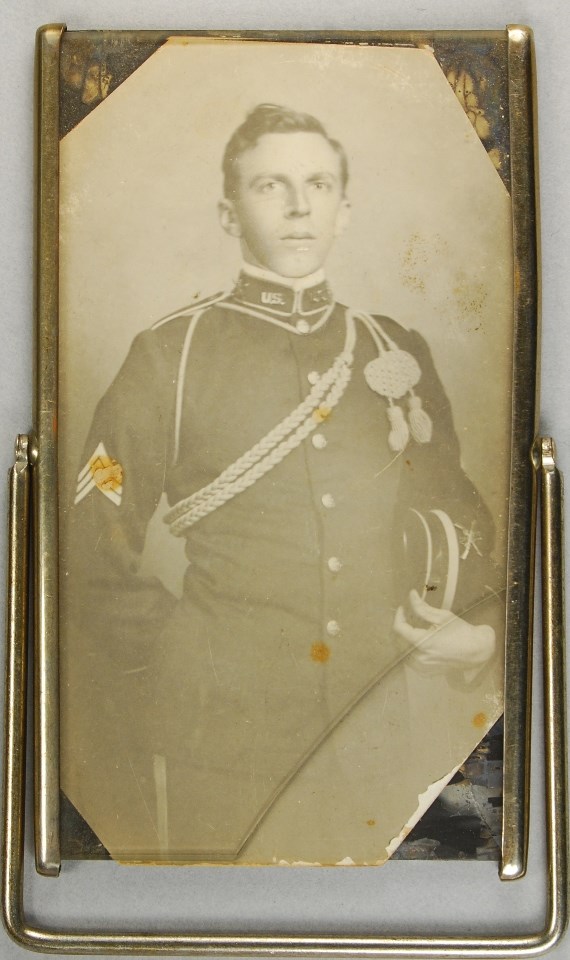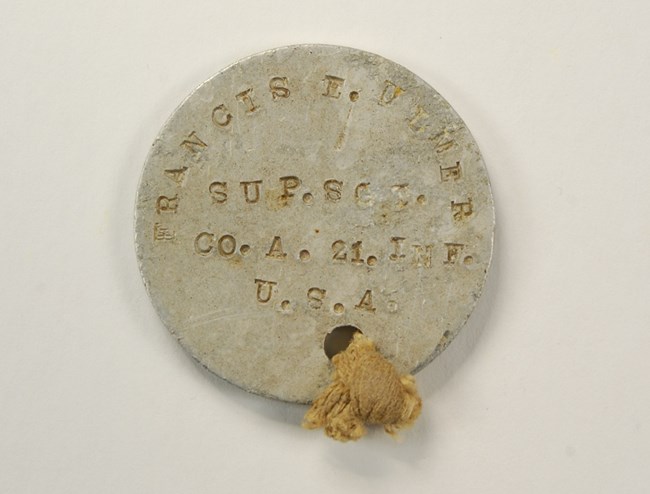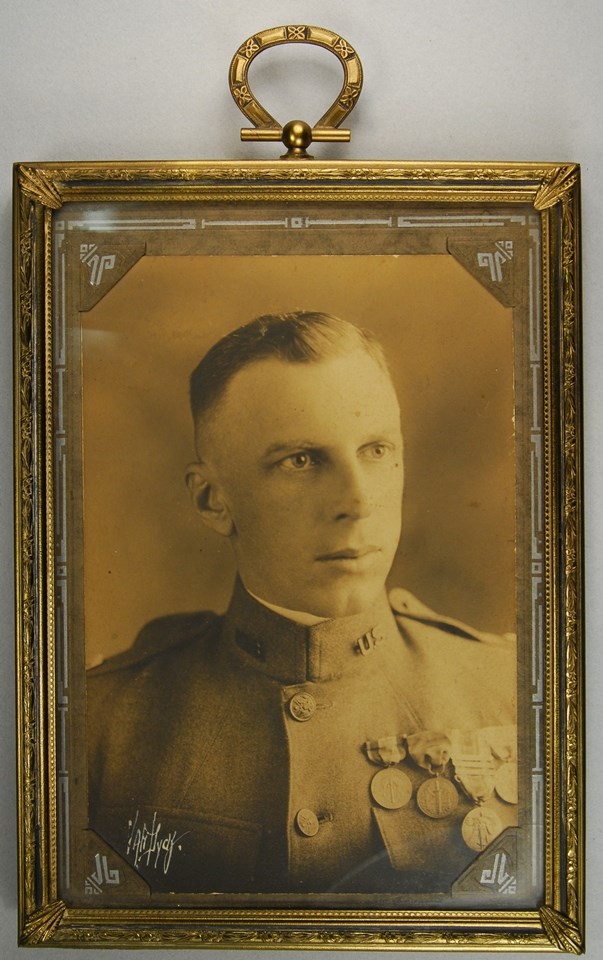Last updated: November 22, 2017
Article
The Francis E. Ulmer Collection at Fort Vancouver National Historic Site

NPS Photo
While many of us have trunks holding collections of family heirlooms stored away or on display in our homes, the descendants of Francis Edgar Ulmer donated his trunk and collection of photographs, letters, and souvenirs to the Fort Vancouver National Historic Site museum collection. As part of this collection, it will be preserved and shared with our Pacific Northwest community.
Francis Edgar Ulmer (called Edgar by his family and friends) was born in 1893 in Merchantville, New Jersey. Though his initial ambition seems to have been to become a teacher, in 1910 he graduated from Peekskill Military Academy in New York. The next year, he enlisted in the U.S. Army and was assigned to the 21st Infantry, Company A. It was the start of a long military career that would bring him around the world and to Vancouver, Washington.
In 1912, Ulmer's unit likely passed through Vancouver Barracks on their way to the Philippines, where many troops from Vancouver Barracks served. With the Philippine Insurrection of 1898-1902 long over, the 21st Infantry performed guard duties from their post at Ludlow Barracks. The year 1912 also brought Ulmer two promotions: first to corporal in March of 1912, then a promotion to sergeant in September.

NPS Photo

NPS Photo

NPS Photo
Ulmer's break from the Army didn't last long, though. In 1916, he re-enlisted with the 21st Infantry and returned to Vancouver Barracks. Along with the rest of the 21st, he transferred to Camp Kearny near San Diego, California. There, his unit patrolled the U.S./Mexico border against Pancho Villa's revolutionaries. In the winter of that year, Ulmer requested to take the examination to become a Sergeant Schoolmaster for the Quartermaster Corps at Camp Kearny, but whether or not he was successful is unknown. The Ulmers, now with two sons, remained in California until 1921. By that time, Ulmer had transferred to the 32nd Infantry and ranked as a Battalion Sergeant Major.

NPS Photo

NPS Photo
With the exception of a brief return to active duty at Fort Leavenworth during World War II, the Ulmers remained in Vancouver for the rest of their lives. In 1933, Francis Edgar, Jr., appears in records as a Private in the 7th Infantry at Vancouver Barracks. Younger son Julian served in the Citizens Military Training Camp at Camp Bonneville, just north of Vancouver Barracks.
Francis Edgar Ulmer's story, as told through the artifacts that he collected and kept over the years, shows the importance of Vancouver Barracks to the geopolitics of the early 20th century. However, Vancouver was not just an important place for the army; it was also an important place to the people who lived here, like the Ulmers who returned again and again to this historic post along the Columbia River.

NPS Photo
